Annals of Environmental Science and Toxicology
Influence of high temperatures on Post-COVID-19 conditions
D Hristova1*, I Simova1-3 and T Vekov2,3
2Medical University, Pleven, Bulgaria
3Bulgarian Cardiac Institute, Sofia, Bulgaria
Cite this as
Hristova D, I Simova, Vekov T (2022) Influence of high temperatures on Post-COVID-19 conditions. Ann Environ Sci Toxicol 6(1): 120-128. DOI: 10.17352/aest.000062Copyright
© 2022 Hristova D, et al. This is an open-access article distributed under the terms of the Creative Commons Attribution License, which permits unrestricted use, distribution, and reproduction in any medium, provided the original author and source are credited.Patients with chronic diseases are especially vulnerable on hot days because high temperatures lead to exacerbation of a number of cardiovascular, neurological, autoimmune, and other chronic diseases. Acute SARS-CoV-2 infection has left tens of thousands of Bulgarians suffering from a new chronic disease: Post COVID-19 syndrome. The Bulgarian Cardiac Institute, in trend with innovations, has launched the first worldwide study to establish the relationship between high ambient temperatures and Post COVID-19 conditions. It covers 1310 citizens and was held during the hottest month in history - July 2021. Eight districts in Bulgaria are covered, and for each of them, we calculated a number of meteorological parameters and determined their influence on the persistent signs and symptoms. Shumen District is the district with the highest percentage of citizens with peristaltic complaints (86%) and the most pronounced in terms of severity. This is the area with the lowest average daily maximum temperature (28.44º), the highest average night minimum temperature (20.42º), and the lowest average temperature amplitude (8.02º) for July 2021. It is characteristic that the neurological symptoms (dizziness, headache, impaired concentration, and memory) are predominant at a lower temperature amplitude (Shumen district). Symptoms of the cardiovascular system (shortness of breath, fatigue, palpitations, chest pain) are more commonly reported at higher temperature amplitudes (Pleven district).
The results of the study show that high values of ambient temperatures affect Post COVID-19 conditions. The most unfavorable effect is exerted by the high average night minimum temperatures and the small temperature amplitude. Cardiovascular symptoms are particularly pronounced at large temperature amplitudes and neurological at small temperature amplitudes. Post-COVID-19 conditions are unpredictable and patient care continues during the hot months.
Introduction
Bulgarian Cardiac Institute has gained the greatest experience in Bulgaria in the diagnosis and treatment of Post-COVID-19 conditions. Through the national and free campaign “Life after COVID-19” we followed 2628 patients after suffering from COVID-19 and found that 80% of them have persistent complaints. The most commonly reported signs and symptoms are related to the cardiovascular system: fatigue (60.5%), heart skipping (38.2%), shortness of breath on exertion (32.2%), chest pain (29%), and palpitations (23.6%). Followed by neurological: headache (21.3%), impaired concentration (17.6), and dizziness (17.4%). The complaints continue for months and even a year later. Thus, the acute infection with SARS-CoV-2 left tens of thousands of Bulgarians suffering from a new chronic disease: Post COVID-19 syndrome [1].
People with chronic illnesses have a harder time withstanding the heat and are especially vulnerable on hotter days. This is typical for patients with cardiovascular as well as neurological and other chronic diseases [2]. High temperatures lead to dehydration and vasodilation, as a result of which blood pressure drops. Citizens taking daily medications for hypertension should monitor and adjust the dose of medication. As a result of vasodilation, the heart rate increases. This increases the risk of heart attack and exacerbation of heart failure [3]. A number of chronic neurological diseases are also exacerbated on hot days. Migraine patients usually have severe headaches when they go out in the sun. The symptoms of MS worsen with high fever, hot water baths, heavy exercise, and more. Heat can be a trigger for seizures in patients with epilepsy. Exposure to high temperatures and subsequent dehydration increases the chances of stroke [4]. Higher temperatures contribute to the accumulation of harmful air pollutants, which can worsen chronic diseases of the respiratory system. Hot and humid weather, air pollution, and pollen are the cause of exacerbation of bronchial asthma, Chronic Obstructive Pulmonary Disease (COPD) and allergies [5].
That is why the Bulgarian Cardiac Institute launched a study to monitor patients with Post COVID-19 syndrome in July 2021. This month was declared the hottest in history.
The aim of this paper is to present the results of the influence of high ambient temperatures and other meteorological parameters on the complaints of citizens with Post COVID-19 syndrome. Thus, we determine whether the signs and symptoms persist, which are the most common ones and whether there is a change in the severity of the complaints compared to the previous, colder months.
Materials and methods
The citizens included in the study have passed the national campaign “Life after COVID-19” and have a proven post-COVID-19 syndrome. The follow-up is carried out in July 2021 and covers eight districts in Bulgaria - Sofia, Burgas, Varna, Veliko Tarnovo, Pleven, Stara Zagora, Shumen, and Yambol. Using the data from the electronic platform of AccuWeather, for each area we calculated:
- Average daily maximum temperature: The average of all maximum daily temperatures (from 01 to 31 July)
- Average night minimum temperature: The average of all minimum night temperatures (from 01 to 31 July)
- Average temperature for 24 hours: The average value of the average daily maximum temperature and the average night minimum temperature
- Temperature amplitude: The difference between the average daily maximum temperature and the average night minimum temperature.
Through a telephone conversation, the patients answered a survey with questions related to their health at the time of the call. All persistent signs and symptoms are noted. They are divided into 5 categories according to their severity compared to the previous, colder months. Citizens define them as much stronger, stronger, unchanged, weaker, or much weaker.
For each area, we determine: what is the percentage of citizens with persistent complaints, the number of complaints per patient, and what is the relationship between signs and symptoms with ambient temperature.
Results
The study covered 1310 citizens with the Post-COVID-19 syndrome. The largest number of participants are in Burgas district (28.4%), followed by Sofia (26.2%), Pleven (14.5%), Yambol (10.4%), Varna (8.2%), Stara Zagora (6.3%), Shumen (3.3%) and Veliko Tarnovo (2.7%) (Figure 1).
The highest average daily maximum temperature is in the Yambol district, the lowest average daily maximum temperature is in the Shumen district. The highest average night minimum temperature is in the Shumen district, the lowest average night minimum temperature is in the Sofia district. The highest average temperature for 24 hours is in the Yambol district, and the lowest average temperature for 24 hours is in the Sofia district. The largest temperature amplitude is in the Pleven district, the smallest temperature amplitude is in the Shumen district.
Sofia district is characterized by
The lowest average night minimum temperature for July (16.1º); the lowest average temperature for 24 hours (22.8º) (Table 1). Of all surveyed citizens for the Sofia district, 30% have persistent signs and symptoms. The most common are: palpitations (22.1%), fatigue (18.7%), and shortness of breath on exertion (12.5%) (Figure 2). On average, there are 1.7 complaints per person. Weaker complaints predominate (51%) compared to the colder months (Figure 3).
For Burgas is typical
The second of the lowest average daily maximum temperatures for July. July (28,45º); the second of the highest average night minimum temperatures (20.36º) (Table 1). Of all surveyed citizens for the Burgas region, 45% have persistent signs and symptoms. The most common are fatigue (25.6%), shortness of breath on exertion (20.4%), and palpitations (17.2%) (Figure 4). On average, there are 1.1 complaints per person. The predominant complaints are unchanged (66.3%), ie. the same in force as in the colder months (Figure 5).
Varna region is characterized by
Average values for temperatures (Table 1). Of all surveyed citizens for the Varna district, 34% persisted signs and symptoms. The most common are fatigue (47.2%), palpitations (13.9%), and shortness of breath on exertion (11.1%) (Figure 6). On average, there are 0.9 complaints per person. Weaker complaints predominate (50.9%) compared to the colder months (Figure 7).
The district of Veliko Tarnovo is characterized by
Average values for temperatures (Table 1). Of all surveyed citizens for the Veliko Tarnovo district, 24% have persistent signs and symptoms. The most common are: shortness of breath on exertion (41.7%), fatigue (33.3%), palpitations (8.3%), dizziness (8.3%), hair loss (8.3%) (Figure 8). On average, there are 1.3 complaints per person. The predominant complaints are unchanged (62.1%), ie. the same in force as in the colder months (Figure 9).
Pleven district is characterized by
The second highest average daily maximum temperature (33.23º); the second highest average temperature for 24 hours for July (25.64º); the largest temperature amplitude (15.17º) (Table 1). Of all surveyed citizens for Pleven district, 40% have persistent signs and symptoms. The most common: are shortness of breath on exertion (24.1%), fatigue (15.7%), and chest pain (12%) (Figure 10). On average, there are 1.3 complaints per person. The predominant complaints are unchanged (59.1%), ie. the same in force as in the colder months (Figure 11).
Stara Zagora district is characterized by
Average values for temperatures (Table 1). Of all surveyed citizens for the Stara Zagora district, 28% have persistent signs and symptoms. The most common are fatigue (42.3%), shortness of breath on exertion (26.9%), and palpitations (23%) (Figure 12). On average, there are 1.1 complaints per person. Weaker complaints predominate (43.7%) compared to the colder months (Figure 13).
For Shumen region is characteristic
The lowest average daily maximum temperature for July (28,44º); the highest average night minimum temperature for July (20.42º ); the smallest temperature amplitude (8.02º) (Table 1). Of all surveyed citizens for the Shumen district, 86% have persistent signs and symptoms. The most common are fatigue (41.7%), headache (16%), dizziness (12.5%), and palpitations (12.5%) (Figure 14). On average, there are 1.5 complaints per person. The predominant complaints remained unchanged (34.1%), ie. the same in force as in the colder months. A large share is occupied by “stronger” (29.2%) and “much stronger” (26.8%), compared to all other areas (Figure 15).
Yambol district is characterized by
The highest average daily maximum temperature for the month of July (34.71º); the highest average temperature for 24 hours (27.31º) (Table 1). Of all surveyed citizens for the Yambol district, 35% have persistent signs and symptoms. The most common are fatigue (39%), shortness of breath on exertion (27%), and lack of smell and taste (17%). On average, there are 1.3 complaints per person. Weaker complaints predominate (47%) compared to the colder months Figures 16,17.
Comparing the areas between them, we found
In the district with the highest average temperature for 24 hours (Yambol district), compared to the district with the lowest average temperature for 24 hours (Sofia district) there is a higher percentage of citizens with persistent complaints, lower average number of symptoms per person and more severe symptoms, compared to previous, colder months.
In the district with the highest average daily maximum temperature (Yambol district), compared to the district with the lowest average daily maximum temperature (Shumen district) there is a smaller percentage of citizens with peristalsis, lower average number of symptoms per person, -weak symptoms, compared to previous, colder months.
In the district with the highest average night minimum temperature (Shoumen district), compared to the district with the lowest average night minimum temperature (Sofia district) there is a higher percentage of citizens with peristalsis, lower average number of symptoms per person, -severe symptoms, compared to previous, colder months.
In the district with the lowest average amplitude of temperatures for July (Shumen district), compared to the district with the highest average amplitude of temperatures for July (Pleven district) there is a higher percentage of citizens with persistent complaints, more large average number of symptoms per person, more pronounced symptoms, compared to previous, colder months.
Shoumen District is the district with the highest percentage of citizens with peristaltic complaints and the most pronounced in terms of severity. This is the area with the lowest average daily maximum temperature, the highest average night minimum temperature, and the lowest average amplitude in temperatures for July 2021. This also applies to the next district with such characteristics of temperatures - Burgas district: the next in the percentage of citizens with peristatic symptoms, but in it as a degree of severity prevail those without change.
Symptoms of the cardiovascular system (shortness of breath, fatigue, palpitations, chest pain) are more commonly reported at higher temperature amplitudes (Pleven region). Neurological symptoms (dizziness, headache, impaired concentration, and memory) are predominant at lower temperature amplitudes (Shumen region).
Discussion
The results imply that ambient temperature affects both the persistent signs and symptoms in citizens with Post COVID-19 syndrome and their severity. Leading importance is the high night temperature and the small fluctuation in temperatures: the highest percentage of citizens with persistent signs and symptoms and most pronounced as a degree of severity is in the areas with the lowest average daily maximum temperature, the highest average night minimum temperature, the smallest mean temperature amplitude. With large temperature fluctuations, signs and symptoms of the cardiovascular system (shortness of breath, fatigue, palpitations and chest pain) predominate, while neurological complaints (dizziness, headache, impaired concentration, and memory) are observed with a small difference in temperature.
Extremely high temperatures are becoming a constant feature of the summer seasons worldwide and are the result of climate change. Although most citizens welcome warm weather, the combined effects of heat, air pollution, an aging population, and socioeconomic and health conditions are the cause of many deaths during the hot seasons [6-8]. The excess daily risk of mortality, when the temperature rises by only 1 °C above the average summer temperature, is between 0.4% and 3.4%. People with chronic diseases are especially susceptible. Heat stress leads to an increased risk of mortality of up to 43% in patients with chronic lung disease [9]. High temperatures cause vasodilation and a reflex increase in heart rate.
This implies that people with heart disease, such as congestive heart failure, valvular malformations, or congenital heart malformations, will have a harder time adapting to temperature changes and are at greater risk of heat stroke [10]. Erases of atherosclerotic plaque are a common cause of myocardial infarction in the summer [11]. Viral infections are also not on summer vacation. Two years ago, the main causes of viral finfections in the summer were enteroviruses or adenoviruses [12], but today the world is facing a new and unknown pathogen - SARS-CoV-2, which proved that in addition to the cold months, can survive in high temperature [13].
80% of COVID-19 survivors had persistent signs and symptoms months or even a year later. The main signs and symptoms of Post COVID-19 conditions are: fatigue, skipping a heartbeat, shortness of breath on exertion, chest pain, palpitations, headache, impaired concentration, and dizziness [1]. Post-COVID-19 syndrome is the result of pathological inflammation (due to the persistence of the virus, impaired immune regulation, and autoimmunity) and long-term tissue damage (especially in the heart, brain, and lungs). Risk factors for its development may be female, more than five early symptoms, early dyspnea, and elevation of specific biomarkers (D-dimer, CRP, and lymphocyte count) [14]. Thus, the pandemic brought us a wave of a new chronic disease called Post COVID-19 syndrome, which deserves serious attention among the scientific and medical communities.
The information presented in this study has not been reported in detail in other literature. It can serve as a starting point for further study of Post COVID-19 conditions, as well as contribute to the understanding and treatment of Post COVID-19 syndrome. Its value is further enhanced due to the fact that the survey was conducted in July 2021, which was declared the hottest month in the world ever registered.
Limitations
The severity of persistent signs and symptoms is a subjective sensation. It is possible for some citizens to neglect their condition or, conversely, to overexpose their symptoms.
The level of development in medicine and medical care is different for different areas, which can lead to a difference in the duration and severity of persistent signs and symptoms.
Conclusion
The population of citizens with Post COVID-19 syndrome is growing geometrically. This requires constant accumulation of experience in identifying the health problems surrounding the sufferers. In trend with innovation, the Bulgarian Cardiac Institute conducted the first study reflecting the impact of high temperatures on Post COVID-19 conditions. He confirmed that they are particularly unpredictable and proved that patient care continues during the hot months. Exposure to high temperatures should be considered a risk factor for exacerbation of Post-COVID-19 conditions.
- Simova I, Hristova D, Dimitrov N, Vekov T. Bulgarian Cardiac Institute celebrates the first anniversary of the launch of the Life after COVID campaign. 09. 2021. https://cardiacinstitute.bg/en/2021/09/29/bulgarian-cardiac-institute-celebrates-the-first-anniversary-of-the-launch-of-the-life-after-covid-campaign/
- Russell R. 5 Ways to cope during the summer with a chronic condition. American Medical ID. 2018. https://blog.americanmedical-id.com/2018/08/5-ways-to-cope-during-the-summer-with-a-chronic-condition/
- Chen K, Breitner S, Wolf K. Temporal variations in the triggering of myocardial infarction by air temperature in Augsburg, Germany, 1987–2014. European Heart Journal. 2019; 40(20):1600–1608.
- Gitt J, Zuniga L, Sikora E. Summer heat and neurological problems. Center for neurological spine. 2015. https://centerforneurologyandspine.com/summer-heat-and-neurological-problems/
- Hudson L. How the summer heat can affect your health — and ways to stay safe. The Checkup. 2021. https://www.singlecare.com/blog/hot-weather-health-risks/#asthma
- Hajat S, O'Connor M, Kosatsky T. Health effects of hot weather: from awareness of risk factors to effective health protection. Lancet. 2010 Mar 6;375(9717):856-63. doi: 10.1016/S0140-6736(09)61711-6. Epub 2010 Feb 12. PMID: 20153519.
- Ebi KL, Capon A, Berry P, Broderick C, de Dear R, Havenith G, Honda Y, Kovats RS, Ma W, Malik A, Morris NB, Nybo L, Seneviratne SI, Vanos J, Jay O. Hot weather and heat extremes: health risks. Lancet. 2021 Aug 21;398(10301):698-708. doi: 10.1016/S0140-6736(21)01208-3. PMID: 34419205.
- Peters A, Schneider A. Cardiovascular risks of climate change. Nat Rev Cardiol. 2021 Jan;18(1):1-2. doi: 10.1038/s41569-020-00473-5. PMID: 33169005; PMCID: PMC7649889.
- Witt C, Schubert AJ, Jehn M, Holzgreve A, Liebers U, Endlicher W, Scherer D. The Effects of Climate Change on Patients with Chronic Lung Disease. A Systematic Literature Review. Dtsch Arztebl Int. 2015 Dec 21;112(51-52):878-83. doi: 10.3238/arztebl.2015.0878. PMID: 26900154; PMCID: PMC4736555.
- People with Heart Disease at Greater Risk for Heat Stroke. Las Vegas heals, 2020. https://www.lasvegasheals.org/managing-heart-health-during-the-heat-of-summer/
- Gunnerson T. To everything there is a season, including heart disease. American Heart Association News. 2020. https://www.heart.org/en/news/2020/07/02/to-everything-there-is-a-season-including-heart-disease
- Cohen M. No Summer Vacations for Viruses. News Wise, 2017. https://www.newswise.com/articles/no-summer-vacations-for-viruses
- Beusek MV. Experts: COVID-19 pandemic unlikely to ebb as weather warms. Center for Infectious Disease Research and Policy, 2020. https://www.cidrap.umn.edu/news-perspective/2020/04/experts-covid-19-pandemic-unlikely-ebb-weather-warms
- Yong SJ. Long COVID or post-COVID-19 syndrome: putative pathophysiology, risk factors, and treatments.Infectious Diseases. 2021; 53(10):737-754. DOI: 10.1080 / 23744235.2021.1924 397.
Article Alerts
Subscribe to our articles alerts and stay tuned.
 This work is licensed under a Creative Commons Attribution 4.0 International License.
This work is licensed under a Creative Commons Attribution 4.0 International License.
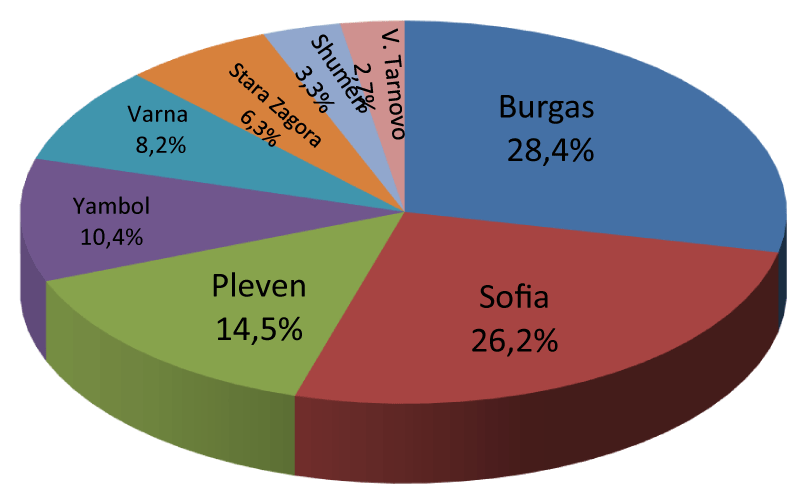
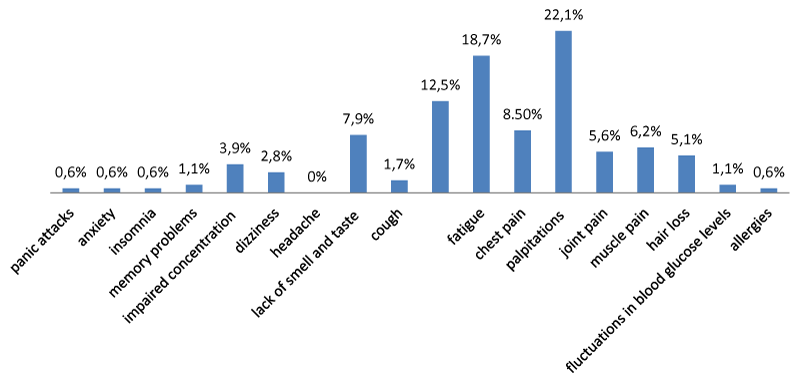

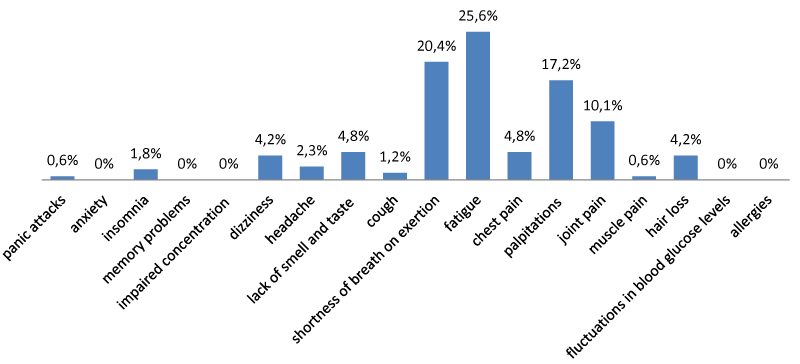

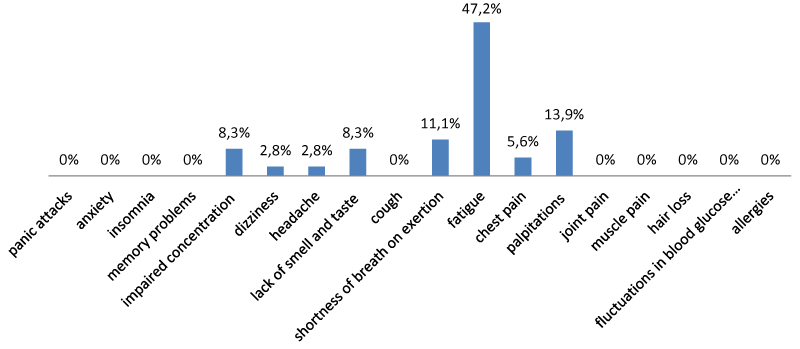

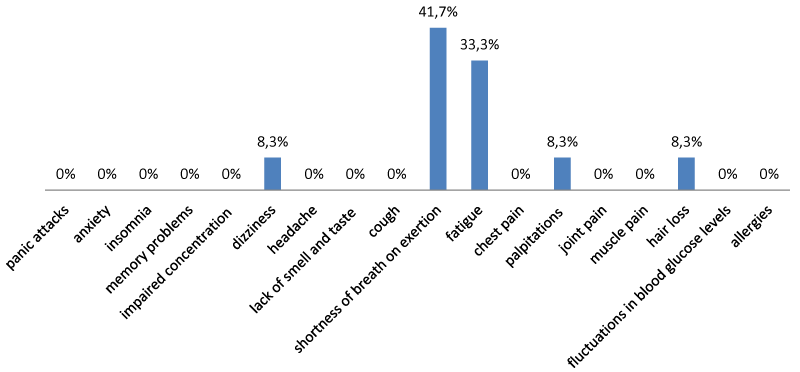

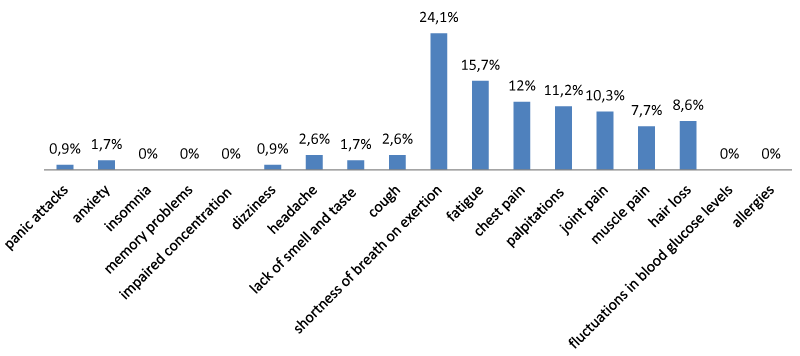



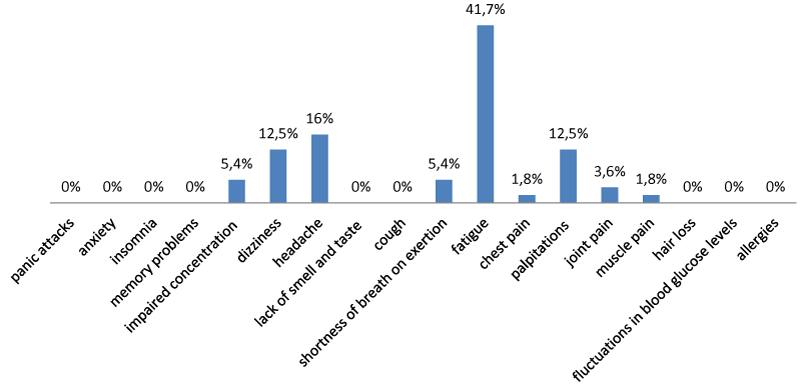

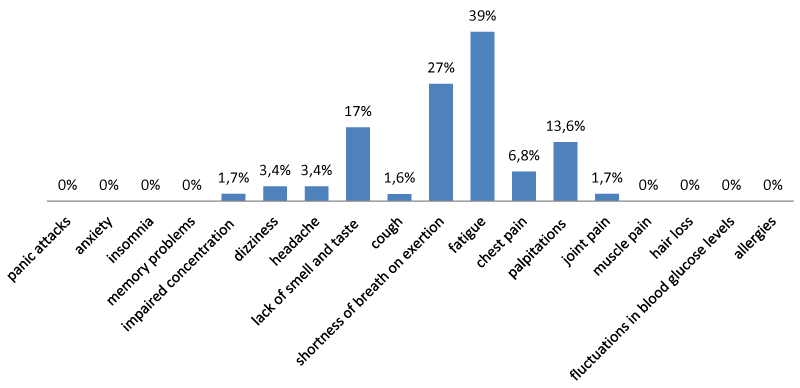



 Save to Mendeley
Save to Mendeley
